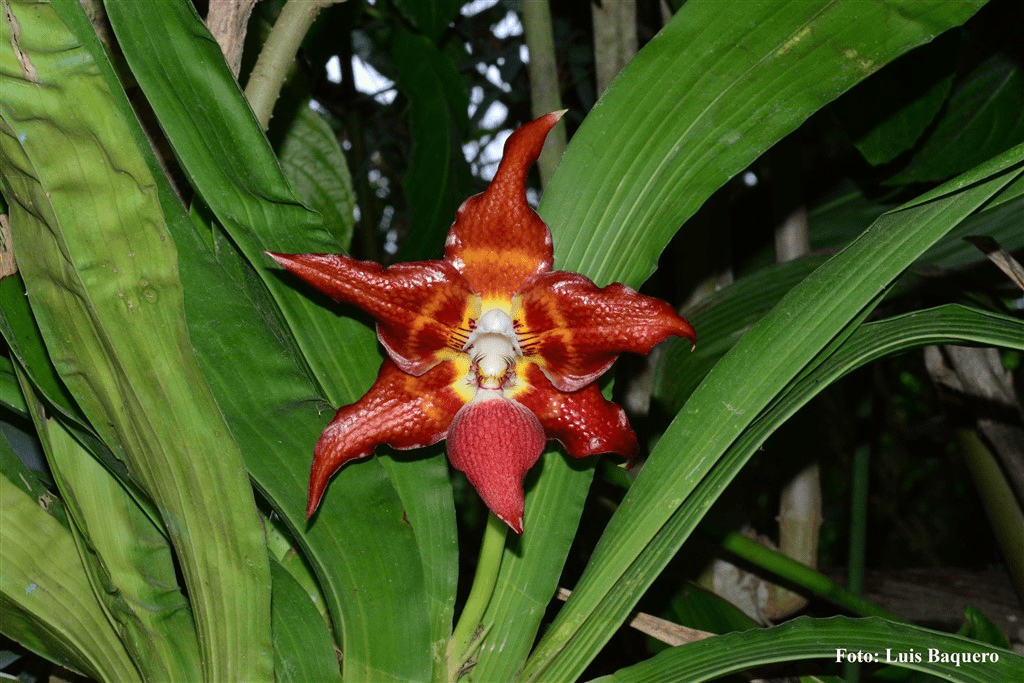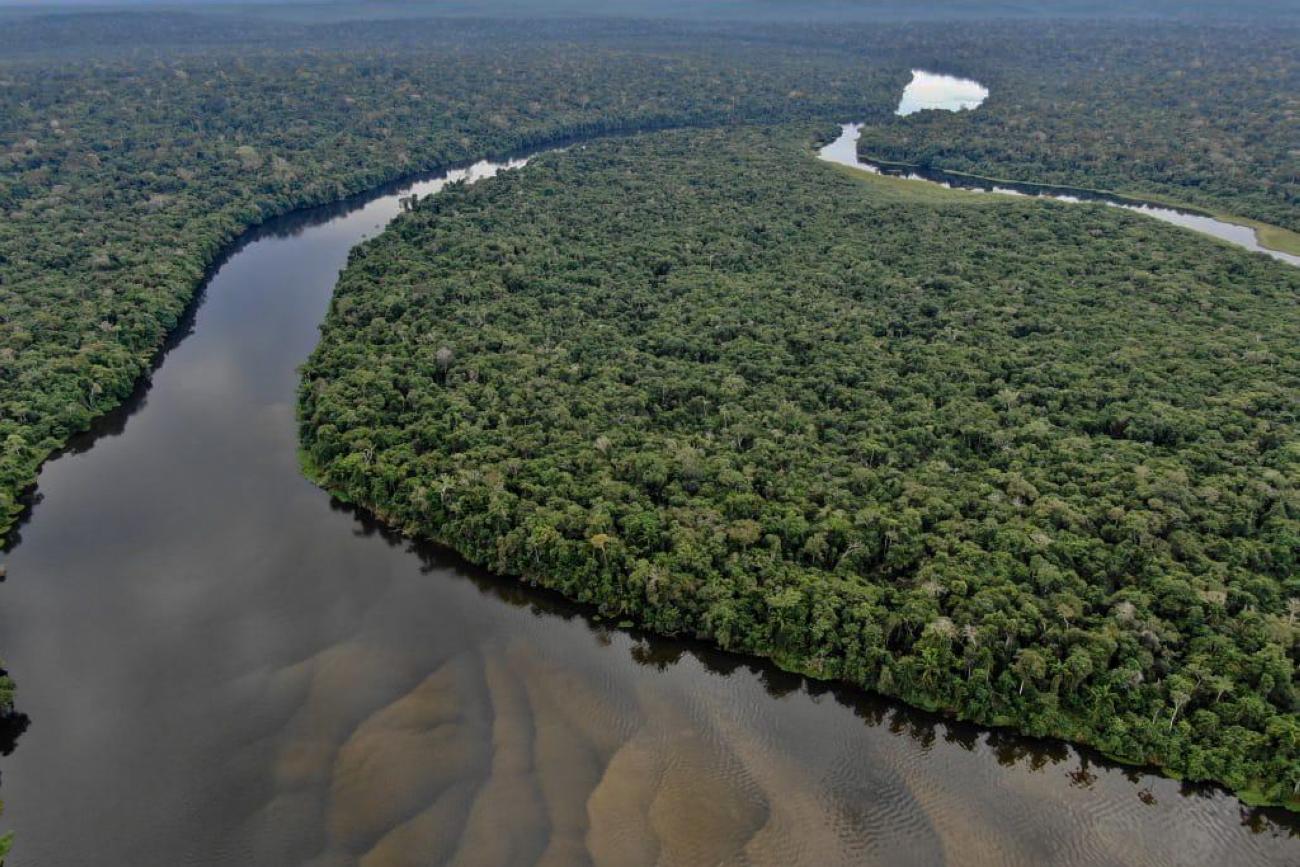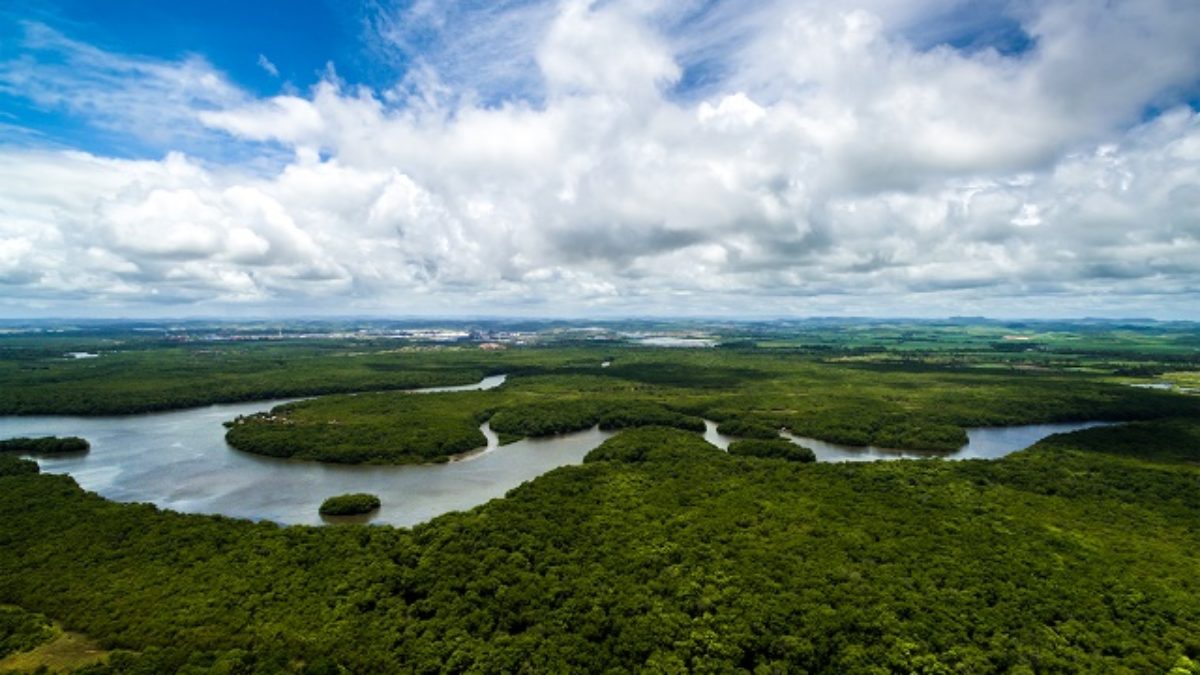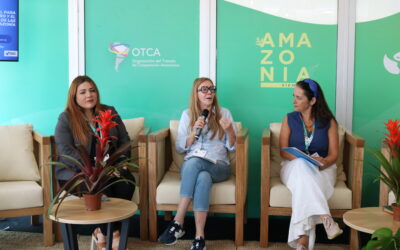The Ministry of Environment, Water and Ecological Transition of Ecuador (MAATE) has launched the “Orchids Identification Handbook”. The publication was developed with the support of ACTO´s Bioamazon Project. The aim is to provide the Management Authority of the Convention on International Trade of Endangered Species of Wild Fauna and Flora (CITES) and the control entities in ports, airports and Ecuadorian borders, with a tool to support the control processes and illicit activities against wild flora with emphasis on the orchid family, one of the families with the greatest endemism and commercial demand.
Ecuador is considered one of the 17 most biodiverse countries in the world and has the highest number of species per square kilometer, with more than 18,000 species of plants registered and which number will continue to increase. It is estimated that there are around 4,200 species of orchids distributed along the various ecosystems of Ecuador. Due to their extraordinary beauty and their high ornamental value, orchids are among the group of plants with mounting collection pressure from their natural environment, which has led to the inclusion of the Orchidaceae family in CITES to control the sustainable use of these species.

Orchid Dracula vampira. Photo: Luis Baquero/EC
The handbook will contribute to strengthening the capacities of administrative and control institutions and organizations to determine and recognize orchid genera and species with the highest national and international commercial demand.
At the book presentation, the Minister of Environment, Water and Ecological Transition, Gustavo Manrique, highlights that CITES Management Authority and enforcement entities play a key role in the management and control of species subject to international trade: “However, this responsibility needs to be shared with other civil society actors, especially with populations that live close to this resource. Controlling trade is not enough, it is also necessary to promote the conservation and management of wild orchid populations through the implementation of artificial propagation centers (nurseries and in vitro orchid culture laboratories)”.
The Regional Project for the Management, Monitoring and Control of Species of Wild Fauna and Flora Threatened by Trade (Bioamazon) is supporting MAATE in the development of a proposal to strengthen the orchid value chain in three provinces of the Amazon region (Napo, Morona Santiago and Zamora Chinchipe).The proposal is based on the situational diagnosis with a focus on territorial development, identifying how all actors interact based on the integration of the value chain; and, the existing restrictions and strengths in the three provinces. For more information on this topic, visit the technical article published in the Bioamazonía Bulletin, issue n.07, page 21.
According to Mauro Ruffino, Bioamazon Project coordinator, the coordinated work with the Ministry of Environment, Water and Ecological Transition of Ecuador team is generating consistent results to not only protect the orchids listed in the CITES Convention, but also to promote sustainable development and the importance of biodiversity, involving local communities.
“Ecuador has the potential to implement an orchid tourism route in the three Amazonian provinces of Napo, Morona Santiago and Zamora Chinchipe and the Bioamazon Project is willing to provide full support for this project that contributes to the conservation and promotion of sustainable development in the Amazon through local tourism.”, said Ruffino.

Orchid Catasetum expansum. Photo: Luís Baquero/EC
Content
Ecuador´s “Orchids Identification Handbook” contains information on the exclusive morphological characteristics of orchid species, the national and international legal framework, orchids and CITES information, identification of species and genera with greater national and international commercial demand, orchids trade, orchids exempted from CITES and the procedures to be followed in cases of retention during wildlife inspections of orchid species for illegal trafficking/possession.
The “Orchids Identification Handbook” will be available through the Resources Menu option of the “Handbooks and Resources” of the Biodiversity Information System of Ecuador (SiB-Ec) in this link.
The publication is also available, in Spanish, on the Bioamazon Project page and can be downloaded here.
Published in the Bioamazon Newsletter, issue n. 12, Nov-Dec 2021.
To subscribe to the Bioamazon Newsletter in English, click here.



